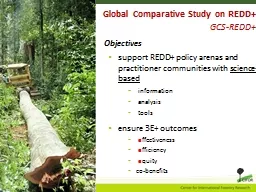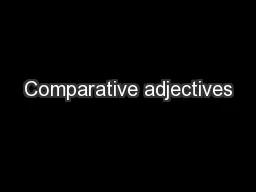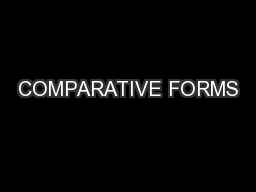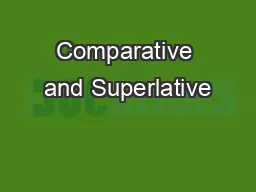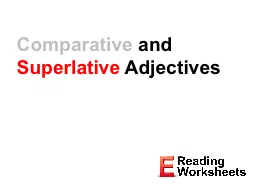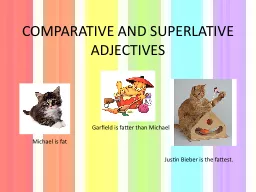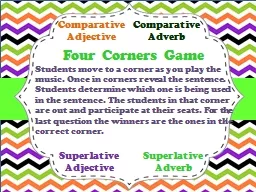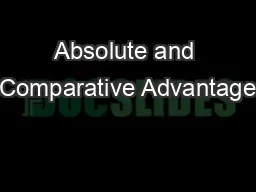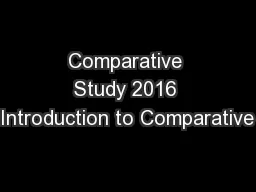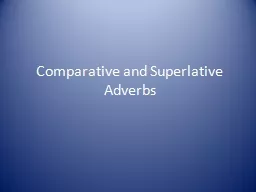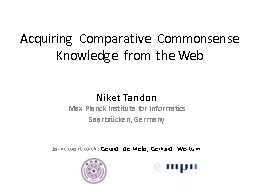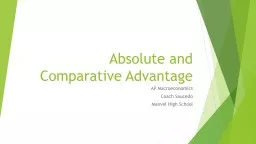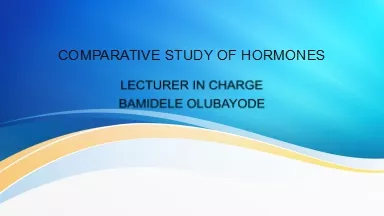PPT-Global Comparative Study
Author : iainnoli | Published Date : 2020-06-24
on REDD GCSREDD support REDD policy arenas and practitioner communities with sciencebased information analysis tools ensure 3E outcomes e ffectiveness e
Presentation Embed Code
Download Presentation
Download Presentation The PPT/PDF document "Global Comparative Study" is the property of its rightful owner. Permission is granted to download and print the materials on this website for personal, non-commercial use only, and to display it on your personal computer provided you do not modify the materials and that you retain all copyright notices contained in the materials. By downloading content from our website, you accept the terms of this agreement.
Global Comparative Study: Transcript
Download Rules Of Document
"Global Comparative Study"The content belongs to its owner. You may download and print it for personal use, without modification, and keep all copyright notices. By downloading, you agree to these terms.
Related Documents

